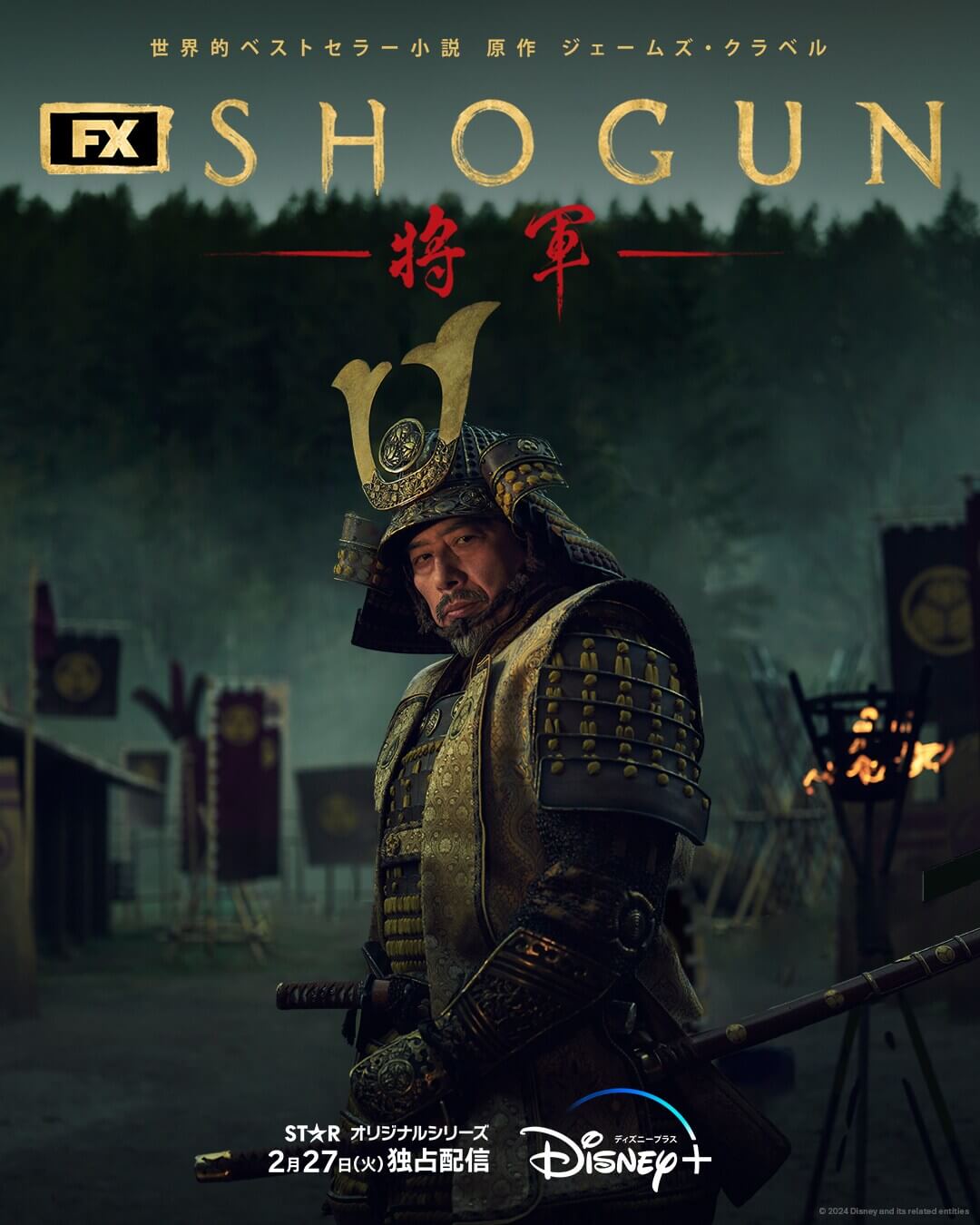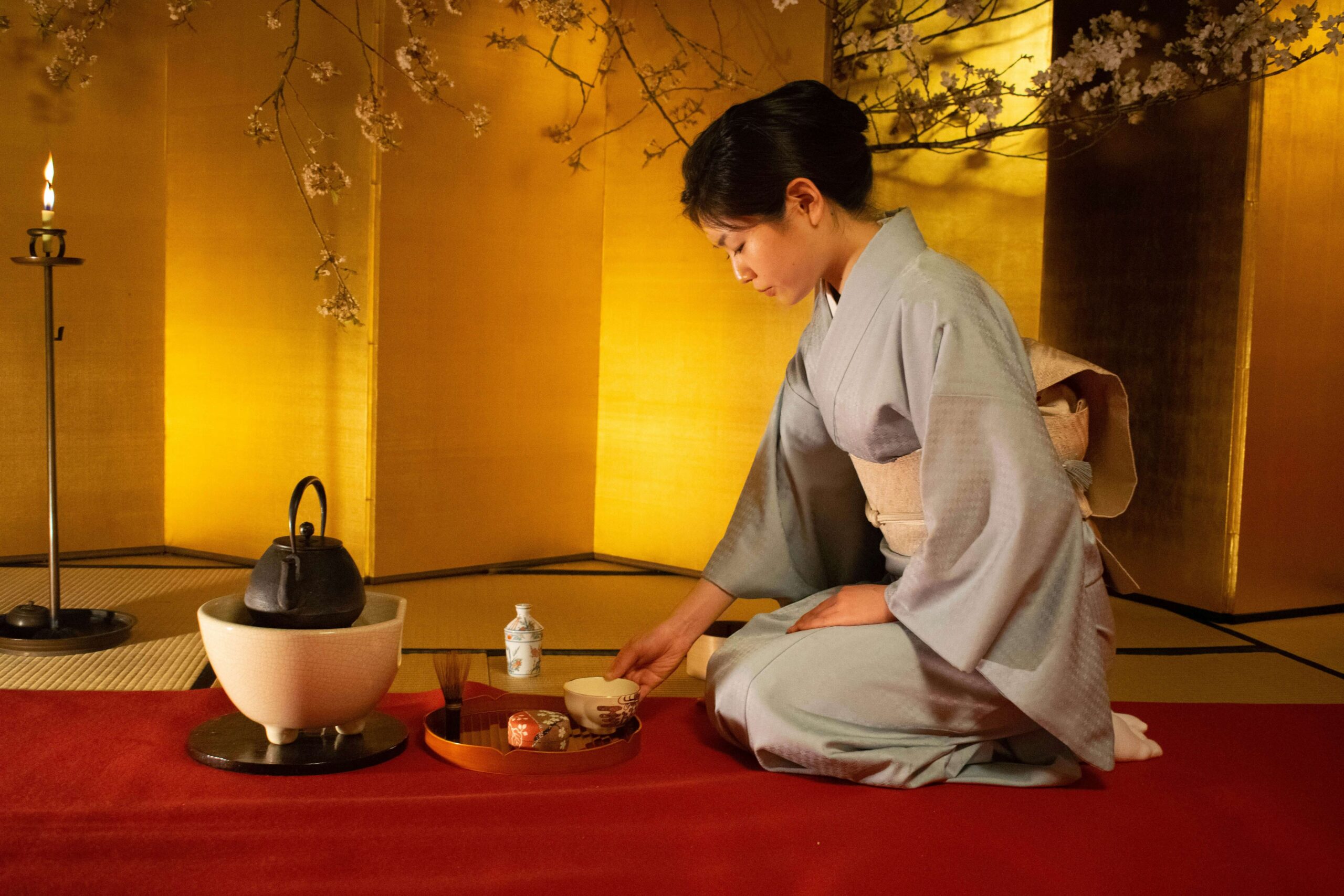
Introduction
For students of the Japanese language, the TV show “Shōgun” offers more than just entertainment. Set around the critical year of 1598, during the dawn of the Tokugawa period, this show provides a unique lens through which one can view and understand the foundations of modern Japanese thought and culture. Let’s delve into how “Shōgun” can serve as a historical guide and a language tutor, helping learners grasp the essence of Japan, both past and present.
Understanding the Tokugawa Period to Grasp Modern Japanese Mindset
“Shōgun” is set in a transformative time in Japan, a period just before the establishment of the Tokugawa shogunate, which would go on to influence Japanese culture and politics for over two centuries. For Japanese language learners, understanding this era is crucial because many of the values, political structures, and cultural norms established during this time continue to influence modern Japan.
Through its portrayal of complex political alliances, social ranks, and personal relationships, “Shōgun” provides context that helps explain why certain behaviors or customs are still seen in Japan today. Values like honor, loyalty, and social harmony are still important in contemporary Japanese society.
Cultural Aspects and Values from 1598 in Modern Japan

“Shōgun” does an excellent job of showing the complex web of Japanese life in the late 16th century. It displays cultural elements like tea ceremonies, martial arts, and the practice of seppuku (切腹, seppuku) and their roles in society. These practices, filled with deep philosophical and ethical meaning, aren’t just things of the past; they have evolved but continue to be part of Japan’s cultural identity. For instance, the formality and respect seen in tea ceremonies can also be seen in today’s business and social interactions in Japan.
Learning Ancient Japanese Expressions
For language learners, “Shōgun” is full of old and valuable language expressions. The show uses traditional Japanese language phrases in its dialogue, giving learners a practical setting for these phrases. Expressions like “deeply grateful” (かたじけない, katajikenai) and “is it alright?” (よろしいか, yoroshii ka) are shown in ways that highlight how to use them properly in conversation, giving learners insight into respectful and formal speech that is typical of Japanese. These phrases, although old, are commonly used in novels and historical dramas that tell stories about the past, so most modern Japanese people can understand them. This understanding can enhance a learner’s knowledge of the language’s nuances and deepen their appreciation for the culture.
Conclusion
“Shōgun” is more than just a historical drama; it is a gateway to understanding an important time in Japan’s history and its lasting impact on today’s Japanese society. By watching “Shōgun,” Japanese language learners not only improve their language skills but also gain insights into the cultural and historical contexts that shape modern Japan. Whether you’re beginning or advanced in your Japanese studies, “Shōgun” offers valuable lessons and a deeper understanding of the enduring values that define Japan.
FAQs
- Can watching historical dramas improve language skills?
Yes, they can provide contextual learning opportunities and expose learners to both historical and contemporary language usage. - Are the cultural practices shown in “Shōgun” still relevant today?
Yes, many of the cultural practices shown in “Shōgun,” such as the tea ceremony, have changed over time but are still very important for understanding Japanese culture today. - How accurate is “Shōgun” in depicting historical Japan?
“Shōgun” is mostly accurate in showing what Japan was like in the past, but it does change some details, like using the name Toranaga instead of the real historical figure Tokugawa Ieyasu. Overall, it is well-liked for how well it shows the culture and social life of that time.



